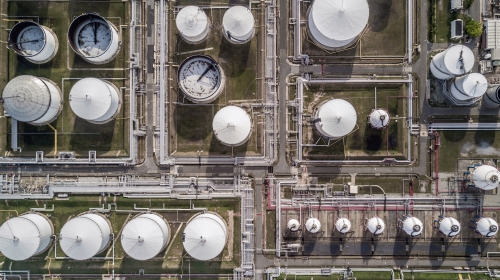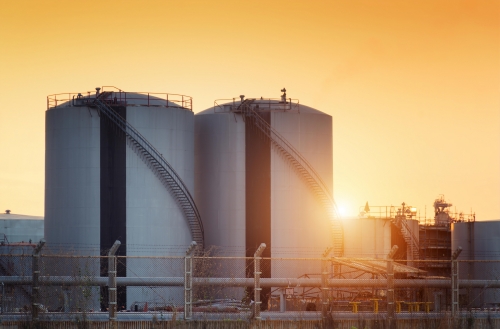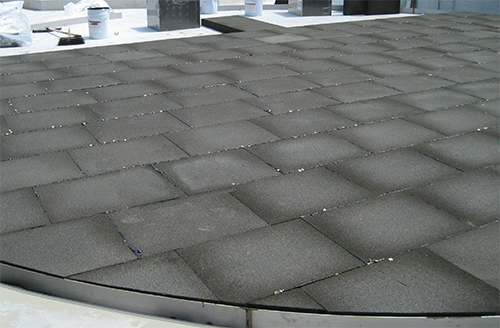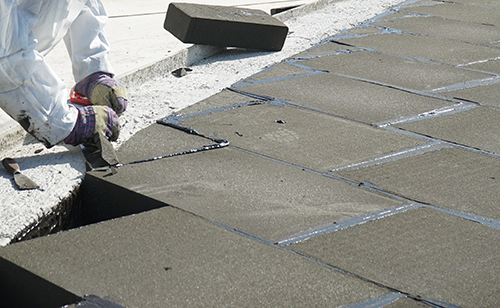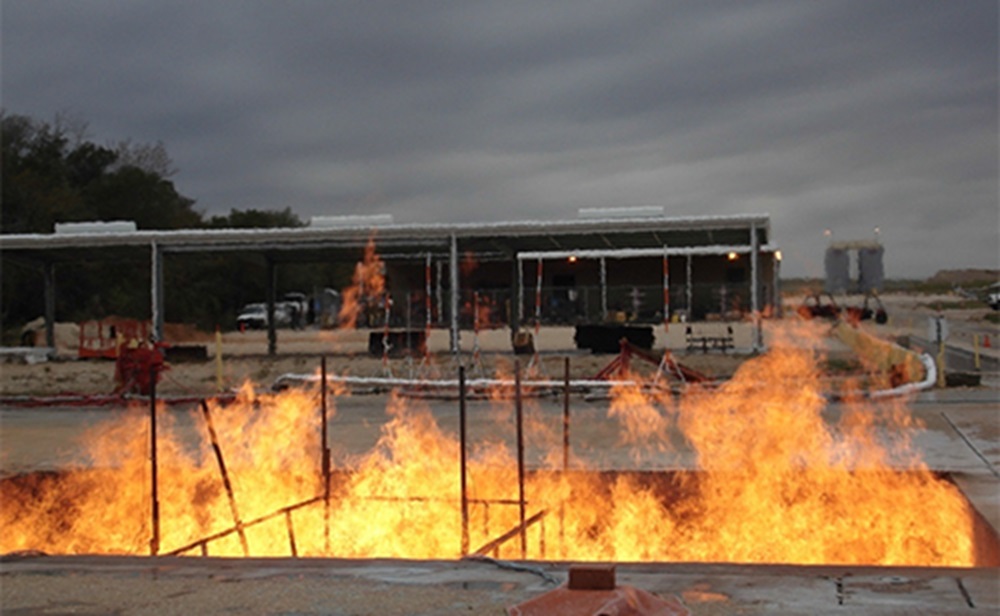The importance of insulating hot storage tank bases
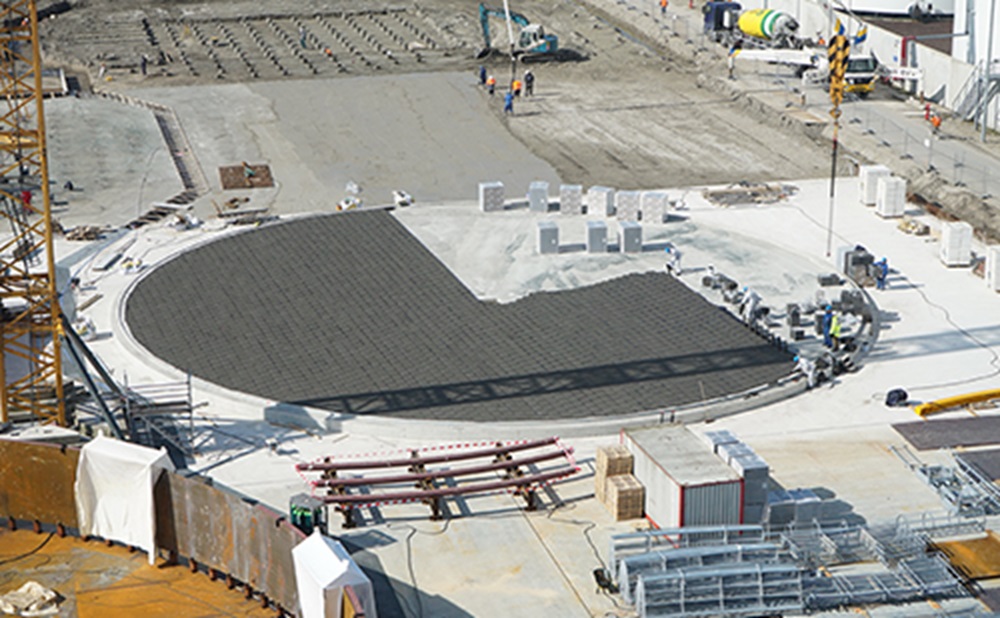
With rising energy costs, the ever-growing issue of CUI and focus on overall safety, it has become cost-effective to install a thermal insulation system underneath hot storage tanks. A well designed and installed thermal tank base insulation system will result in energy savings, increased worker safety, longer tank life and a relatively short payback period.
Storage tanks are used to hold a variety of organic liquids or gases including raw materials, intermediates, final products or usable byproducts. Each year, a large amount of energy is wasted due to hot storage tanks not having proper insulation. When working to minimise costs, it is important to consider worker safety as well as be sure to preserve and use resources efficiently. Without a reliable insulation system, storage tanks can lose energy, money and put employees at risk. The growing worldwide demand for chemical products, as well as proper storage and handling, makes ensuring energy efficiency and the safety of storage tanks even more important.
Tanks can vary in design and equipment, and the type of construction depends on the storage temperature and properties of the products being stored. A detailed assessment is necessary to ensure that all aspects are taken into consideration, so products can be stored and handled in the safest and most efficient manner.
Energy loss in hot storage tanks
The tank walls and roofs are primarily viewed as the largest sources of energy loss in hot storage tanks. However, unless the tank is full, the biggest source of energy loss is the bottom of the hot storage tank.
Even when the storage tank is only filled at 10% capacity, the tank bottom will always be in 100% contact with the hot liquid, making it the most susceptible area for heat transfer and energy loss.
For this reason, it is imperative to have a good thermal insulation system installed at the tank base to reduce energy loss and consequently the total operating costs.
Other benefits of insulating tank bases
In addition to reducing energy loss, a tank base insulation system has other benefits. First, the insulation system needs to protect the structural concrete base material against high temperatures. This means that the reinforced concrete foundation can be installed more cost efficiently. A tank base insulation system also helps protect against chemical attacks from the content of the tank in the event of a major spill or leakage which can put workers in danger.
Second, the insulation system should provide adequate compressive strength suited for the tank’s design. Insufficient compressive strength in high load bearing situations can lead to settlement and loss of thermal performance, which may result in viscosity increase or product solidification.
Finally, the insulation system should be able to resist corrosion and mitigate deterioration of the vessel. Throughout its lifespan, a typical storage tank may be used for different purposes, or operate under cyclic temperatures, creating an environment where corrosion under insulation (CUI) becomes an issue if the tank is not properly insulated. A tank base insulation system should always be included in the initial design when new multi-purpose tanks are being built.
It is important to consider using a closed cell, impermeable and non-flammable insulation material on tank bases. This will allow it to withstand moisture penetration and CUI, which could have catastrophic consequences. Using non-flammable insulation will limit potential fire and smoke hazards inherent in storage tanks.
Moreover, it is critical for the insulation materials to be available in high load bearing grades that have been specially designed for tank base applications and can deliver a compressive strength up to 240 t/sqm without any compression.
In the case of high temperature tanks, insufficient insulation compressive strength can lead to settlement, loss of thermal performance, destabilisation of the processing environment, reduced viscosity control and possible solidification of the contents.
Depending on storage temperature, insulation thickness and energy costs, the payback period for insulating the bottom of a storage tank bottom can be as low as just a few months and often within a few years.
Owens Corning produces FOAMGLAS® cellular glass insulation, which is currently being used in thousands of hot, cold and cryogenic tanks globally.
In fact, FOAMGLAS® HLB (high load bearing) insulation is a core component of over 90% of the world’s LNG gas tanks base insulation systems, a critical application requiring extreme HLB capabilities and cryogenic thermal insulation properties.
Payback periods and annual yields
It is important to consider factors such as temperatures and energy prices when calculating the payback periods and annual yields of tank base insulation systems.
For each particular project, heat lost through the base without insulation is compared with the total investment cost. This provides the total payback period of the investment in a tank base insulation system, which may range from months to years depending on the storage temperature of the contained liquid.
In addition, the total future yield of the investment should be calculated for the active life of the tank with an insulated tank base. This shows the amount of energy saved per square metre of insulated tank base, and the total yield per year after the payback period.


